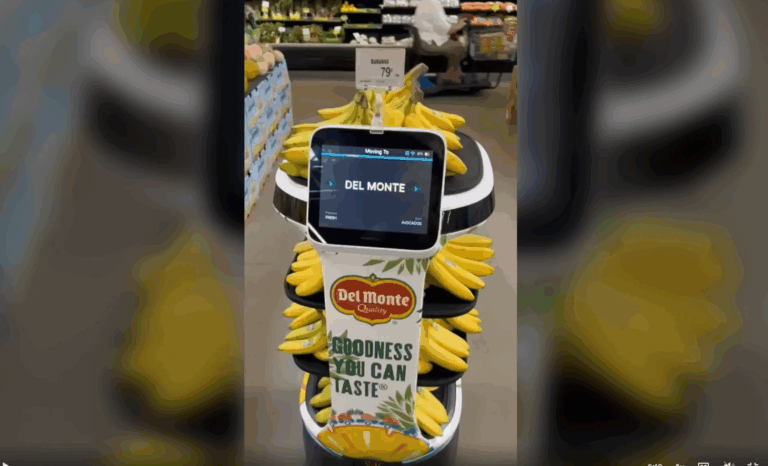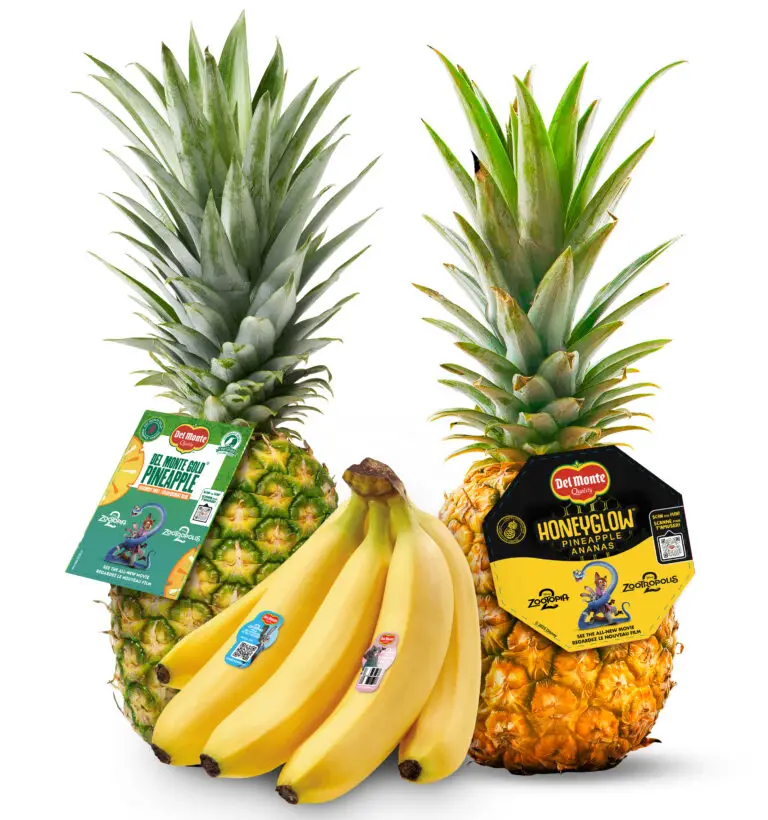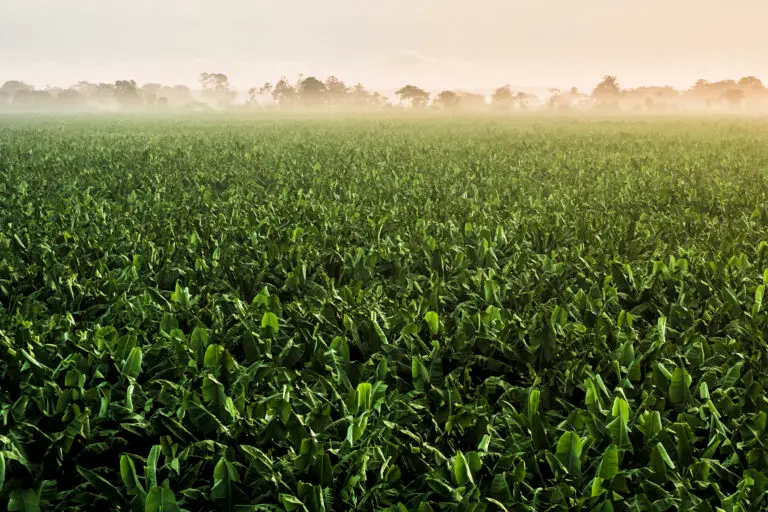As seen in Consumers Goods Technology.
The industry continues to be plagued by market constraints and environmental challenges such as inflation, material shortages, labor-retention obstacles, and more. The consumer goods companies that are overcoming these challenges are gaining the competitive edge by investing in supply chain tech, talent, and knowledge that overhaul and streamline processes, improve cost efficiencies, reduce manual efforts, and unlock the power of Supply Chain 3.0 — an intermingling of emerging technologies and advanced algorithms.
Here, CGT uncovers the winning approaches CG executives are implementing to get ahead, leaning on research and expert voices to present case studies, best practices, and actionable strategies for competing in a volatile landscape.
Debrup Jana, senior director analyst with Gartner’s supply chain practice, recently spoke with CGT and bucketed these challenges into three broad categories — what he calls “the triple squeeze.”
- Persistent high inflation
- Scarce and expensive talent
- Global supply challenges
Consumer goods companies are having to manage today’s consumer expectation as prices rise, he says. Additionally, while talent in the supply chain is not a topic that is often broached, Jana says hiring specific talent as we further conversations toward technological investments is a challenge.
In terms of global supply challenges — which include shortages, volatility in demand, and excess inventory — much of it has to do with visibility: “visibility at different sections of the supply chain, as well as visibility across end-to-end.”
Identifying Success Amid a Sea of Supply Chain Experimentation
There are several standout CGs that are investing heavily in their supply chains, navigating rocky surfaces and grabbing onto high-tech handholds to keep them climbing ever higher.
CGT combed through some of the industry’s most comprehensive supply chain transformations in 2022, pinpointing five consumer goods companies that are driving sustainable, scalable growth by investing in innovative approaches.
1. Kraft Heinz’s End-to-End Transformation
Kraft Heinz is leveraging an artificial intelligence-powered platform from Microsoft that allows for improved visibility and flexibility across the supply chain. The technology enables the CPG to create custom workflows, data reporting, and applications that connect to existing supply chain systems.
According to IDC’s FutureScape report, 50 percent of supply chain forecasts will be automated using AI by 2023, improving accuracy by 5 percentage points.
This approach is helping Kraft Heinz to tackle obstacles across supply and order fulfillment, using AI models to predict constraints and shortages to prepare for or avoid out-of-stock situations. Additionally, the brand can access historical data and real-world information related to product demand, addressing the top area of focus for most consumer goods companies (61 percent), according to CGT’s 2022 Retail and Consumer Goods Analytics Study.
2. Levis’ Machine Learning-Powered Inventory
Levi’s launched patent-pending BOOST, which stands for Business Optimization of Shipping and Transport — an AI- and machine learning-driven e-commerce solution that optimizes inventory management to streamline and improve order fulfillment. Consumers who are looking to purchase a specific product online, and find the item is out of stock, will be able to easily locate nearby stores that are carrying the item.
By using this platform, Levi’s is looking to improve operational efficiency, decreasing costs for consumers without compromising quality. In addition, consumers will have access to an increased pool of inventory and a more streamlined experience.
Machine learning continues to be an area of great potential and interest, but the access, knowledge, and dedicated staff at most consumer goods companies are non-existent. According to our Analytics Study, only 11 percent of consumer goods executives are addressing machine learning- and artificial intelligence-related analytics resources.
3. Fresh Del Monte’s Traceability and Tracking Upgrade
Fresh Del Monte Produce has tapped into blockchain technology to improve food safety, tracking, and traceability across its supply chain. The fresh and fresh-cut fruits and vegetables company recently invested a 39 percent stake in Jordanian and U.K.-based startup Decapolis, a blockchain-powered food safety and quality assurance provider.
By using QR codes, Fresh Del Monte can increase visibility into all stages of production, from plating to purchase. The brand is first implementing the technology in Fresh Del Monte’s pineapple operations in Costa Rica, looking to eventually launch it across all of its business segments.
Gartner’s Jana says blockchain is an area of opportunity not yet embraced across the industry, in terms of not only traceability but sourcing as well. It provides clearer visibility into the process and if the product source is sustainable, other companies leveraging this technology include Unilever for its palm oil supply chain strategy.
An Inside Look: Fresh Del Monte Shares Supply Chain Plans
Jesus Rodriguez, SVP of sales for North America, and Ziad Nabulsi, SVP of operations of North America, shared with CGT additional areas of opportunity the brand is zoning in on: fulfillment and transportation.
“While the situation with the supply chain has normalized quite a bit due to labor availability, the issue of fuel cost is still very hard to predict. Recent trends (down) seem like a tailwind, but the questions remain around the long term,” says Rodriguez. “While gas prices are forecasted to continue going down, it is not so clear on diesel.”
Alternative modes of transportation still need to be considered, he says, and this includes rail — but it’s problematic when it comes to refrigerated loads. The company, however, is looking toward a solution with potential, which will improve forecasting cost and design routes for efficiency.
4. Mars’ Digital Twin Kickoff
Following a series of initial trials in 2020 across U.S. manufacturing plants that proved successful, Mars has invested in digital twins for its factories across the globe. The technology stimulates and validates product and factory adjustments, reducing time and resources.
In one instance, Mars leveraged a digital twin to reduce over-filling packages in an Illinois factory. By feeding manufacturing machinery sensor data into a predictive analytics model, factory line operators can monitor events in real time, adjusting the filling process.
Unilever, Mars, Coca-Cola, Kraft Heinz, and Johnson & Johnson are also investing in digital twins. In fact, 19 percent of manufacturers across industries reported using digital twins, according to an October Gartner survey shared with CGT.
5. Hormel’s Deep Data Dive
Hormel is improving on-shelf availability by investing in real-time data sharing. The company has tapped into the Google Cloud Platform data lake to access high-priority consumer data sets, and partnered with retail analytics platform Crisp to more quickly obtain and analyze insights, simplifying the data pipeline architecture.
With more robust access, Hormel can tap into historical and real-time data insights from retailers across delivery, retail, supply chain, manufacturing, and inventory. And by implementing automation, the company has sped up delivery and improved quality and breadth.
“Our approach to leveraging analytics across the enterprise is centered around one source of the truth,” Mark Vaupel, VP IT services at Hormel Foods, told CGT in an earlier interview. “That means as we work with retail partners, anyone needing data can access the right data at the right time to answer questions and provide actionable insights.”
The Secret to Success: There Isn’t Just One
What elements — emerging technologies, elevated access to data, a strong talent pool, improved workflows — combine to form the ideal supply chain of the future? With CG companies requiring niche solutions to meet unique demands, it’s a question the industry has struggled to answer.
As far as supply chain investments thus far, Nabulsi says the Fresh Del Monte has implemented a transportation management system, SAP at a national scale for all levels of the supply chain, and an artificial intelligence project for commodities.
Clearly there is not a single approach that bests all competition, but the supply chain of the future moves far beyond data strategies and automation — it almost comes to life.
“Sentient is a Latin term for anything that is alive. It can feel, it can proceed,” says Jana. “The future of supply chain would move toward a real-time distinction execution network. That means it can feel as well as act.”
“We have always had real-time analytics,” he notes. “The thing that will change is real-time analytics becoming real-time decision making.”
Core to this will be developing supply chain resilience, currently a primary area of focus for consumer goods companies. By the end of 2022, half of all manufacturing supply chains will see the benefits of supply chain resiliency, according to IDC, resulting in 10 percent reduction in disruption impact.
CG companies that have made strategic investments in building out greater supply chain resiliency are able to “ensure the availability and affordability of products that are able to meet retailers demands,” Tom Madrecki, VP of supply chain at the Consumer Brands Association, noted in a recent CGT webinar.
Buy-in can be a hurdle here, he pointed out, as CFOs and investors want to see short-term results. While some companies dive in, others are more strategic, taking “bites at the apple,” but may be seeing more immediate payoffs.
Consultancy firm McKinsey & Company highlighted five areas where CG companies can build resiliency into their supply chains: creating end-to-end transparency, investing in digitization, improving communication and collaboration, embracing e-commerce, and building talent.
“The pandemic has tested many companies to the limit. And while COVID-19 has commanded the world’s attention, supply-chain shocks are becoming increasingly common. By investing in supply-chain resilience now, organizations have an opportunity to build critical agility into their supply chains, which will help them withstand not only the current crisis but also those to come.” — Ignacio Felix, Carolina Mazuera, Julian Salguero, and Frank Sänger at McKinsey & Company





